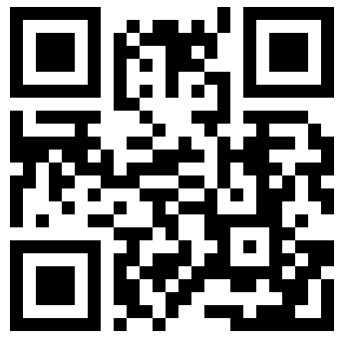Phone
+86 18630938527
1. What is ultrasonic testing?
Ultrasonic nondestructive testing, also known as ultrasonic NDT or UT for short, is a way to use high-frequency sound waves to characterize the thickness or internal structure of the tested sample. The frequency (or pitch) used for ultrasonic testing is many times higher than the limit of human hearing range. * The common frequency is between 500kHz and 20MHz.
2. How to conduct ultrasonic testing?
High-frequency sound waves propagate in a directional manner. They will continue to propagate in one direction in a certain medium (such as a steel or plastic sample) until they meet the interface of another different medium (such as air). At this interface, sound waves will be reflected and returned to the sound source. Through the analysis of acoustic reflection, we can measure the thickness of the sample, or find cracks or other hidden defects in the sample.
3. What materials can be tested?
In industrial applications, ultrasonic testing technology can be widely used to detect metals, plastics, composites, ceramics and other materials. The only common engineering materials that are not suitable for ultrasonic testing with conventional equipment are wood and paper products. Ultrasound technology is also widely used in the biomedical field to help people complete diagnostic imaging and medical research.
4. What are the advantages and characteristics of ultrasonic testing?
Ultrasonic testing will not damage the measured workpiece at all. During the test, it is not necessary to cut and slice the workpiece under test, and it will not make the workpiece under test contact with harmful chemicals. During the inspection, only one side of the sample needs to be contacted, which is different from the method of using mechanical thickness measuring tools such as calipers and micrometers. Ultrasonic testing will not cause potential harm to people's health, which is different from radiographic imaging.
As long as the correct settings are completed for the detection, the detection results will be highly repetitive and reliable.
5. What are the potential limitations of ultrasonic testing?
Ultrasonic flaw detection needs trained operators to complete it, because they can set up the test with the help of appropriate reference standard test blocks and correctly interpret the test results. It may be very challenging to test some samples with complex geometry. First of all, the ultrasonic thickness gauge must be calibrated for the material of the workpiece to be measured, and for some applications, it may be necessary to create a variety of settings, such as applications that require thickness measurement in a large range of thickness, or applications that require measurement of multiple materials with different acoustic characteristics. Ultrasonic thickness gauge is more expensive than mechanical measuring equipment.
6. What is an ultrasonic probe?
The probe is a device that converts one form of energy into another form of energy. The ultrasonic probe can convert electrical energy into mechanical vibration (sound wave), and can also convert sound wave into electrical energy. Generally speaking, the probe is a small hand-held assembly device with many frequencies and styles, which can meet different specific detection requirements.
All kinds of cracks, voids, debonding, inclusions and similar problems affecting structural integrity can be located and measured by using ultrasonic flaw detector. The size of * small defects that can be detected in a specific application depends on the type of material tested and the defect type considered.
If you have any questions, please contact us!
CONTACT US

